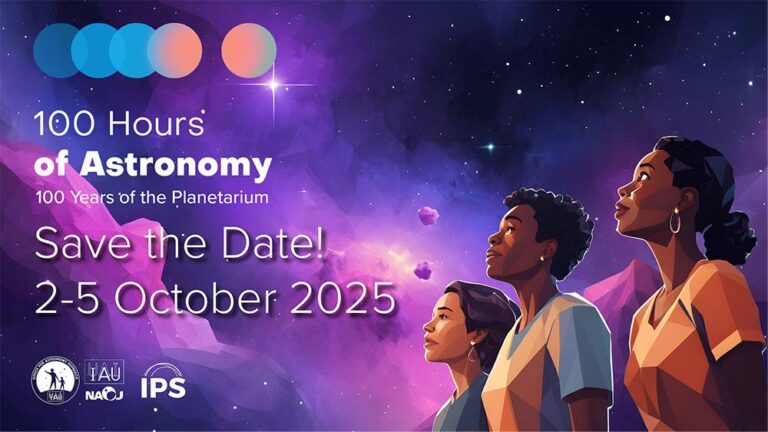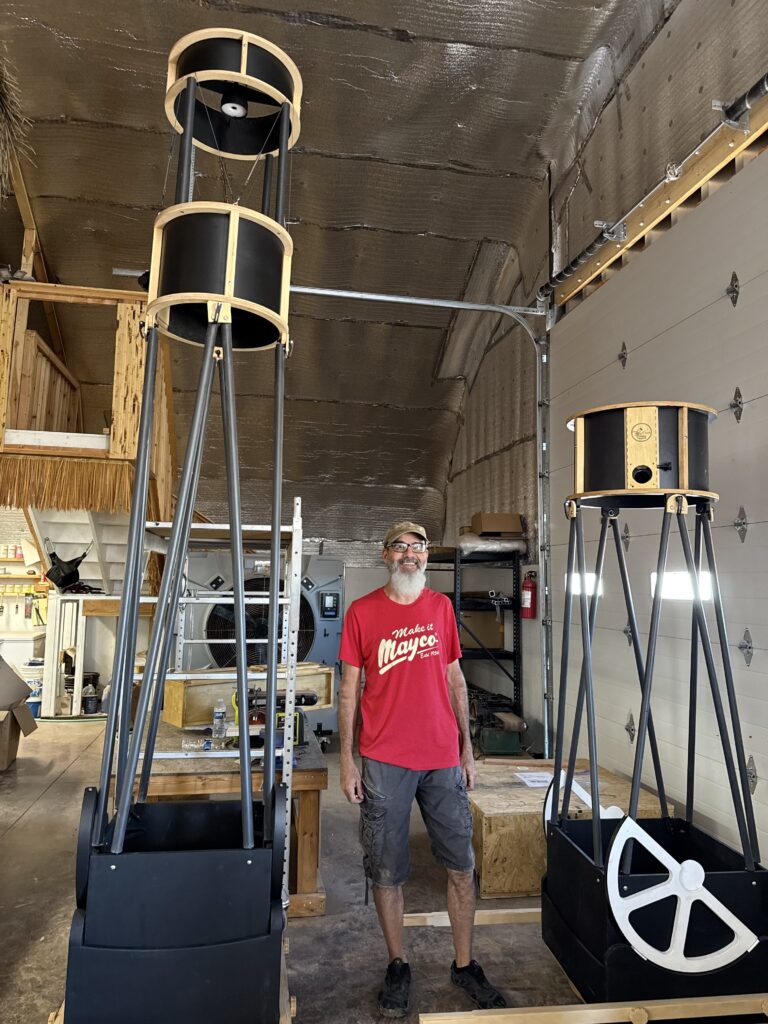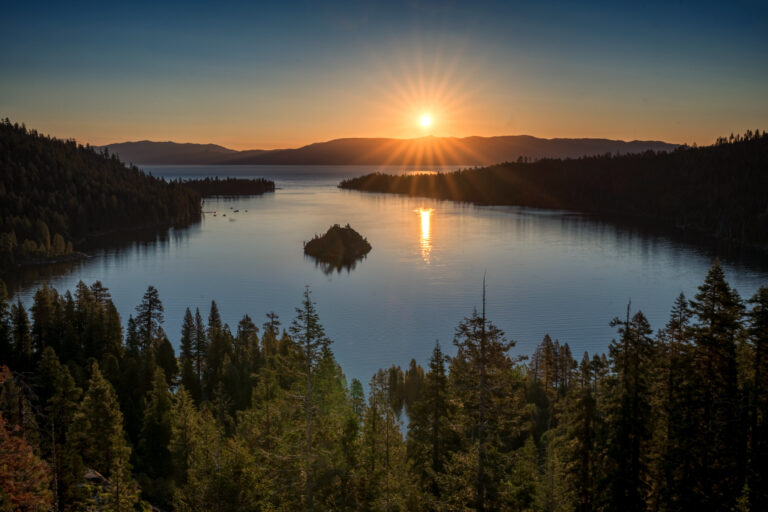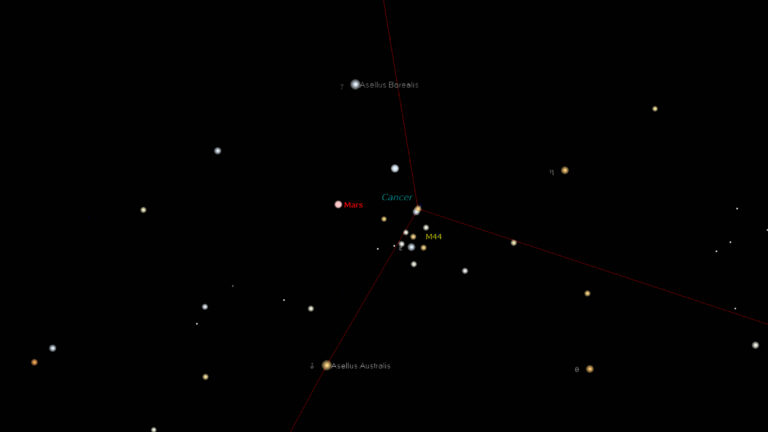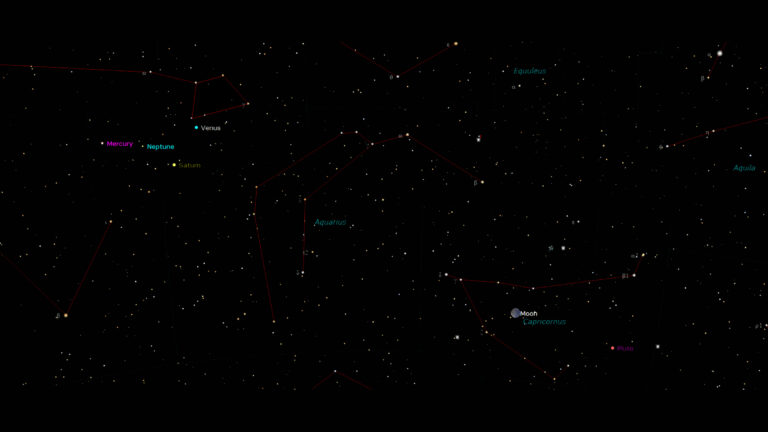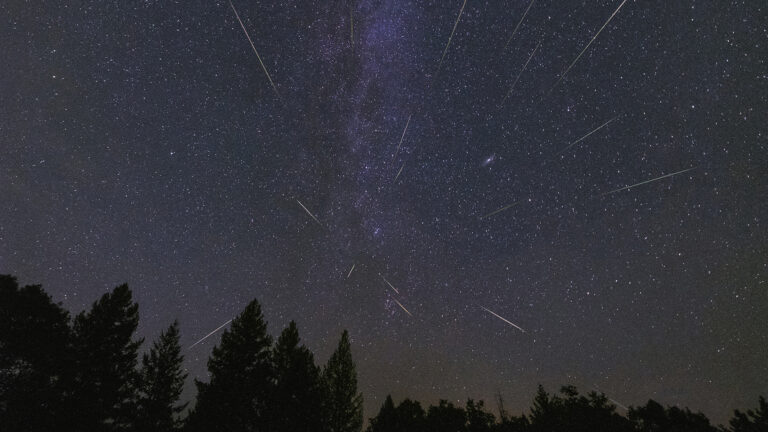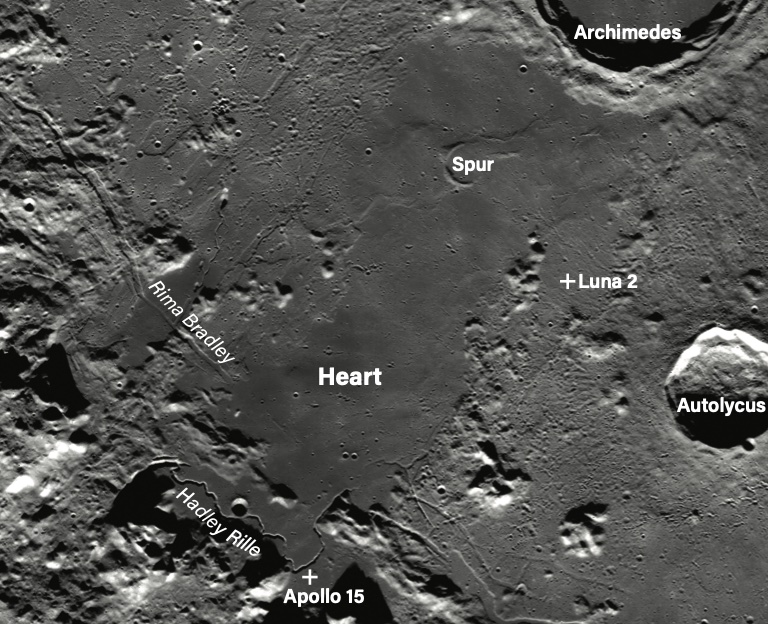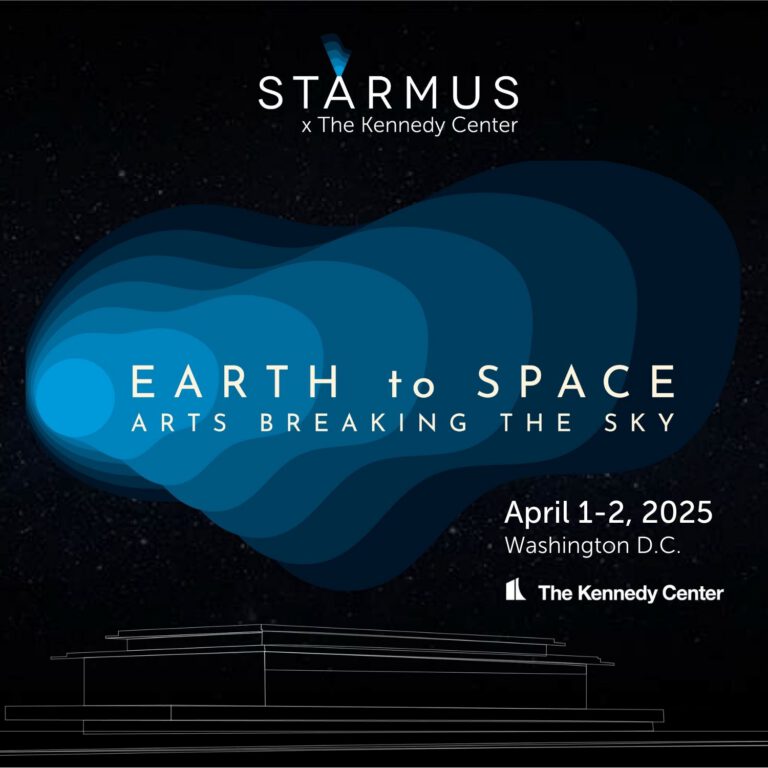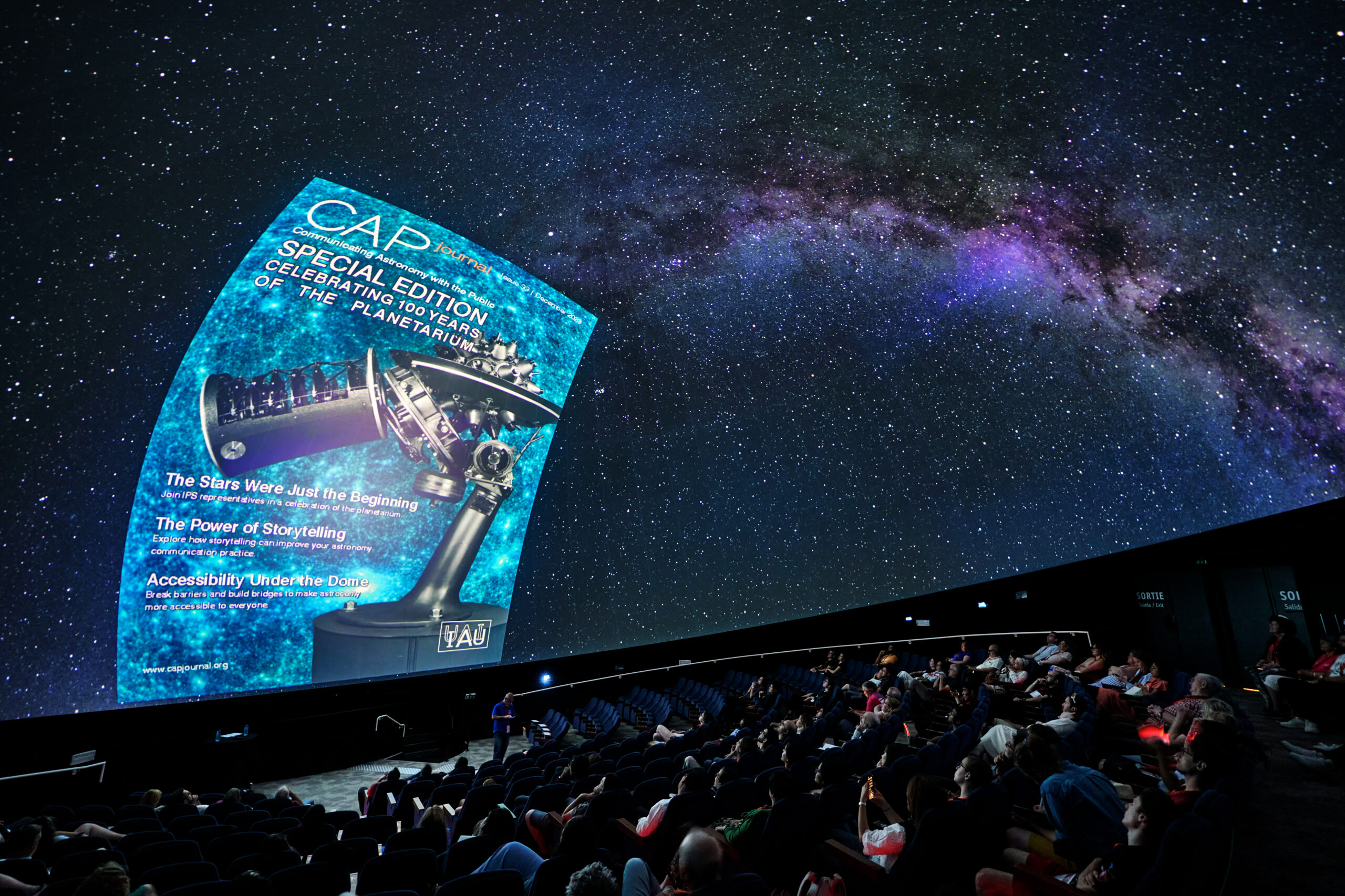
Key Takeaways:
I’ll never forget the first elementary school trip I took to my local planetarium. Looking back on it today, it feels like a distinctly analog experience. As the lights dimmed and went out, the deep darkness drew gasps from my classmates, followed by cheers as the stars appeared.
At the end of the show, as the lights came back up, I remember being amazed at the optical projector at the center of the room, appearing like a satellite from the 1950s — a spiky sphere, surrounding a light source, with tiny holes and lenses that matched the location of the stars on the celestial sphere. It seemed ingenious, but oh, so simple.
Yet, planetariums as we know them have barely been around for a century. The first planetarium projector, produced by the famed Zeiss optics company, was commissioned in 1923 at the Deutsches Museum in Munich and opened to the public in 1925.
Just think: Edwin Hubble and Vesto Slipher had taken the observations that proved the universe was expanding before we invented dark rooms with round ceilings and projectors to shine pinpoints of light on them.
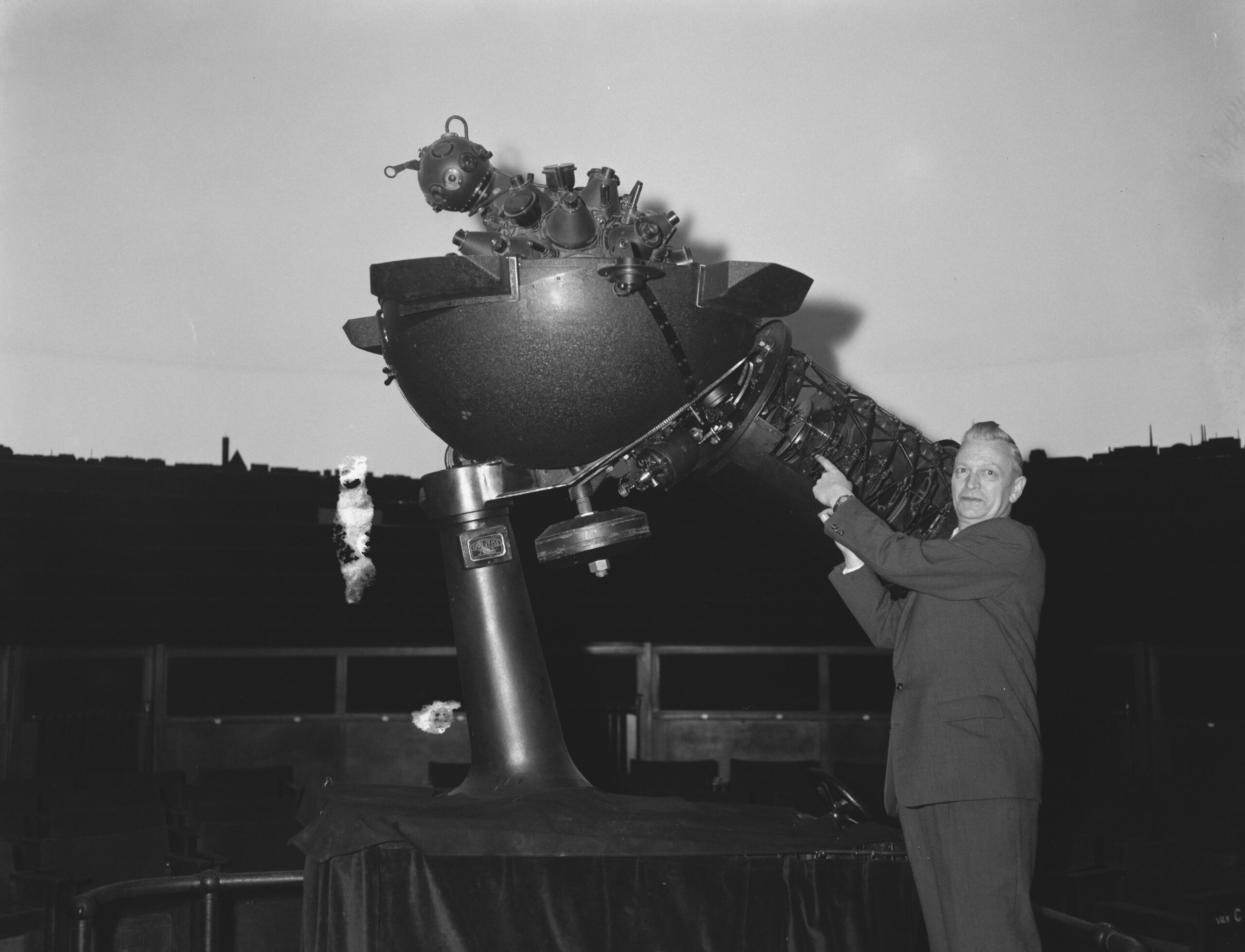
The 100th anniversary of the first planetarium is the subject of this year’s edition of the International Astronomical Union’s annual 100 Hours of Astronomy — a marathon of public astronomy activities organized by the IAU’s Office for Astronomy Outreach (OAO). And this year, they’re teaming with the International Planetarium Society, hosting events at planetariums around the world.
How to watch
The festivities begin on Oct. 2 at 10 a.m. EDT with a double feature on YouTube, streamed by the IAU OAO. First up is the planetarium show Big Astronomy, which profiles people working today at major astronomical sites. The show will be streamed in 360° on YouTube. That will be followed by a talk from Ardis Herrold of the Vera C. Rubin Observatory about the next generation of ground-based astronomy.
The 100 hours will be capped off by a 24-hour livestream starting Oct. 3 at 11 p.m. EDT broadcast live from Akashi Municipal Planetarium in Japan featuring planetariums and community organizers from around the world. Again, you can find the streams on the IAU OAO’s YouTube channel; the first stream is embedded below.
How to find an event near you
In between the two global livestreams, astronomy organizations and planetariums around the world will be hosting in-person events.
To find an astronomy event near you, check out the IAU’s public list, which you can filter by country and location. Or, use the database’s map view to find an event in your area. Events range from star parties to planetarium shows and even concerts. The closest to me, at the Horwitz-DeRemer Planetarium in Waukesha, Wisconsin, is a Saturday evening performance by the Gutekunst Flute Choir performing music inspired by celestial spheres.
Many organizations will be hosting 100 Hours of Astronomy-affiliated events even after the official 100 hours are up. I hope you’ll get the opportunity to join people all around the world and spend a night under the stars or at a planetarium show with fellow astronomy enthusiasts.

